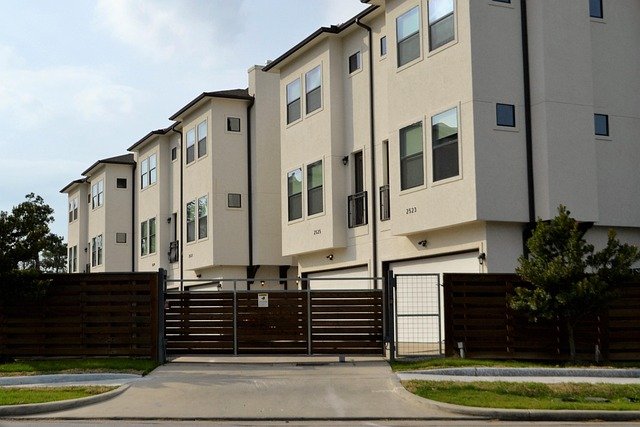Title: Micro-Apartments: A Solution for Urban Housing Shortages?
Introduction: In major cities worldwide, a new trend is reshaping the residential landscape: micro-apartments. These compact living spaces, typically under 400 square feet, are gaining traction as a potential answer to urban housing crises. With 68% of the world's population projected to live in urban areas by 2050, according to the UN, micro-apartments are becoming a focal point for developers, city planners, and young professionals alike.

Design Innovations in Small Spaces
The success of micro-apartments hinges on intelligent design. Architects and interior designers are reimagining living spaces, incorporating multi-functional furniture, clever storage solutions, and space-saving technologies. Foldable beds that transform into desks, movable walls, and built-in appliances are just a few examples of the innovations making these tiny spaces livable and even desirable.
Economic Implications for Real Estate Markets
From an investment perspective, micro-apartments present an intriguing opportunity. Developers can maximize the number of units in a building, potentially increasing overall rental income. For investors, these properties often offer higher yields per square foot compared to traditional apartments. However, the long-term value appreciation of micro-units remains a topic of debate among real estate experts, with some concerned about their resale potential.
Regulatory Challenges and Zoning Issues
The introduction of micro-apartments into established urban areas has not been without controversy. Many cities have minimum size requirements for residential units, necessitating zoning changes to accommodate these smaller dwellings. Policymakers are grappling with balancing the need for affordable housing options with concerns about overcrowding and quality of life. Some cities, like Seattle and Boston, have embraced micro-housing by adjusting their regulations, while others remain hesitant.
Impact on Urban Demographics and Lifestyles
Micro-apartments are reshaping not just urban landscapes but also the demographics of city centers. These units primarily appeal to young professionals, students, and singles who prioritize location over space. This concentration of a specific demographic can lead to changes in neighborhood character, potentially influencing local businesses, social dynamics, and even voting patterns in urban areas.
Sustainability and Environmental Considerations
From an environmental standpoint, micro-apartments offer several benefits. Their smaller footprint typically translates to reduced energy consumption for heating, cooling, and lighting. Additionally, the central location of many micro-apartment developments can decrease reliance on personal vehicles, promoting the use of public transportation and reducing carbon emissions. However, critics argue that the high-density living associated with micro-apartments can strain local infrastructure and green spaces.
The Future of Micro-Apartments in Real Estate
As urban populations continue to grow and housing affordability remains a pressing issue, micro-apartments are likely to play an increasingly significant role in the real estate market. However, their long-term success will depend on several factors, including regulatory support, design innovation, and shifts in cultural attitudes towards living spaces. Real estate professionals and investors should closely monitor this trend, as it has the potential to significantly impact urban development strategies and property valuations in the coming years.
Balancing Quality of Life and Affordability
One of the key challenges facing the micro-apartment movement is striking the right balance between affordability and quality of life. While these units offer an affordable entry point into expensive urban markets, there are concerns about the potential negative impacts of long-term living in such small spaces. Mental health experts warn about the risks of isolation and claustrophobia, emphasizing the need for communal spaces and amenities in micro-apartment developments to foster a sense of community and well-being among residents.
Global Perspectives on Micro-Housing
The concept of micro-living is not uniform across the globe. In Asian cities like Hong Kong and Tokyo, where space constraints have long been a reality, micro-apartments are nothing new. However, their recent adoption in Western cities represents a significant shift in housing norms. Comparing the implementation and reception of micro-apartments across different cultural contexts can provide valuable insights for real estate professionals looking to introduce or invest in this housing model in new markets.
In conclusion, micro-apartments represent a complex and evolving aspect of the urban real estate landscape. As cities continue to grapple with housing shortages and affordability issues, these compact living spaces offer both opportunities and challenges. For real estate professionals, understanding the nuances of this trend—from design and regulation to demographic shifts and environmental impacts—will be crucial in navigating the future of urban housing markets. While not a panacea for all urban housing woes, micro-apartments are undoubtedly reshaping conversations about space, affordability, and the nature of city living in the 21st century.





